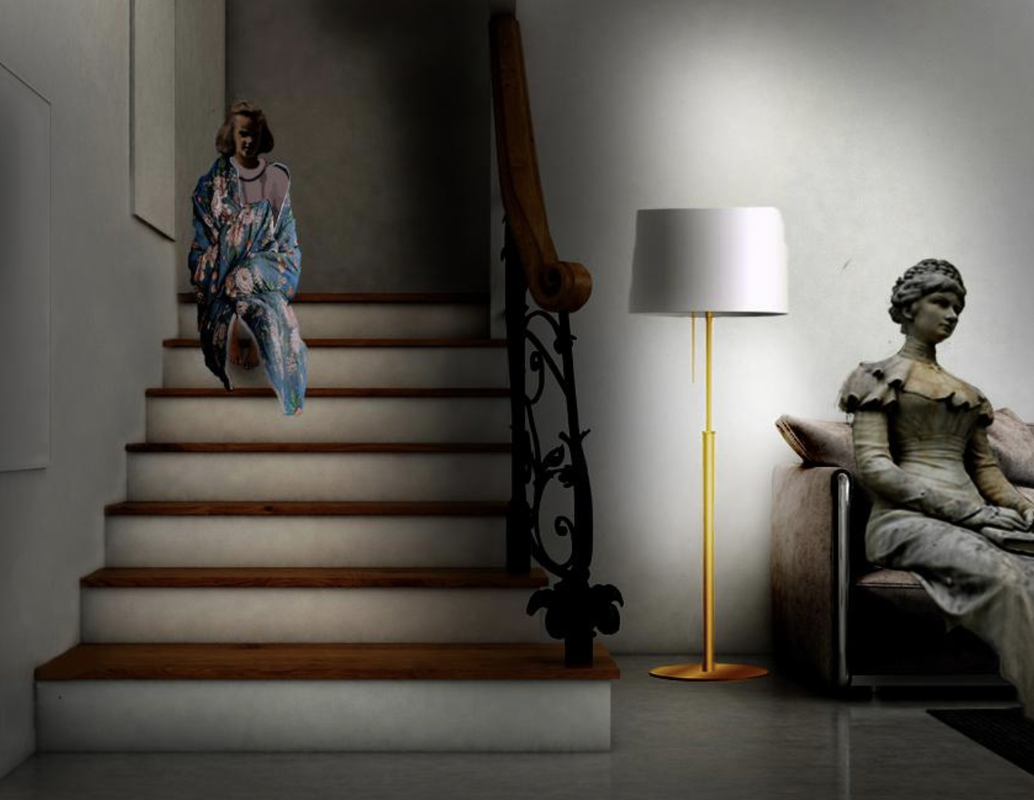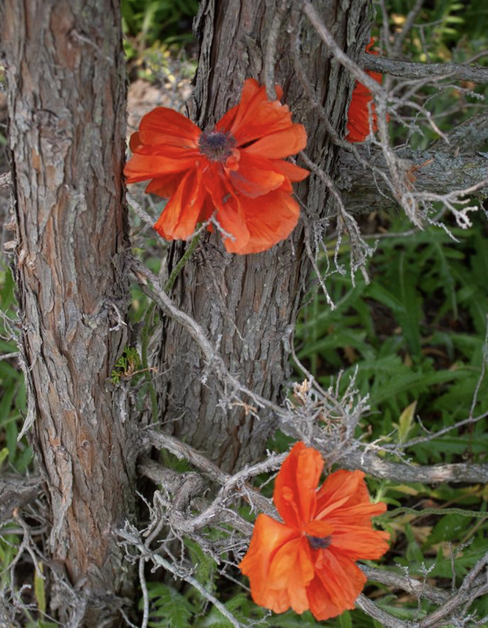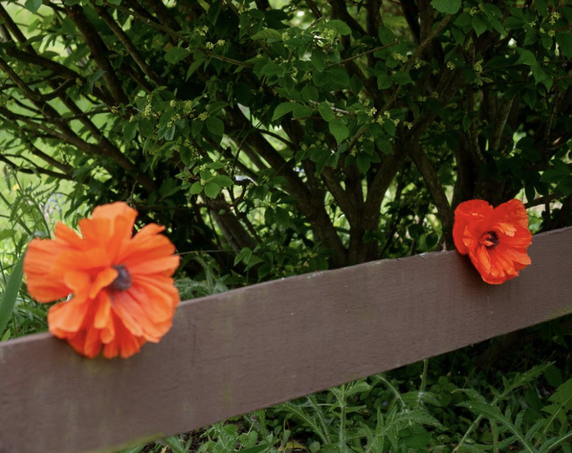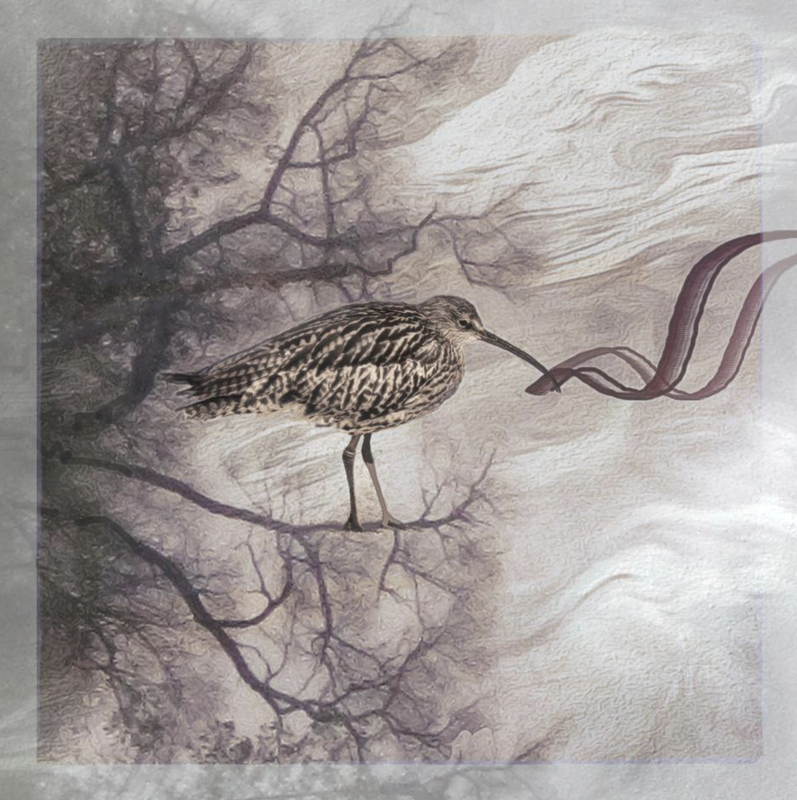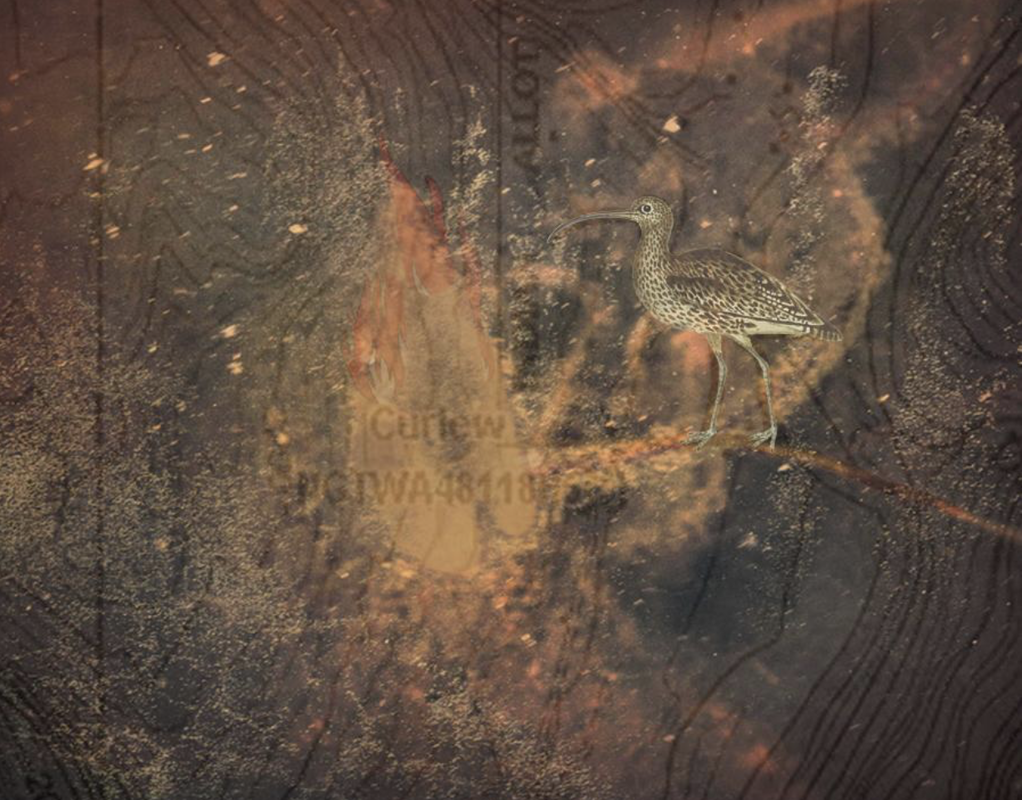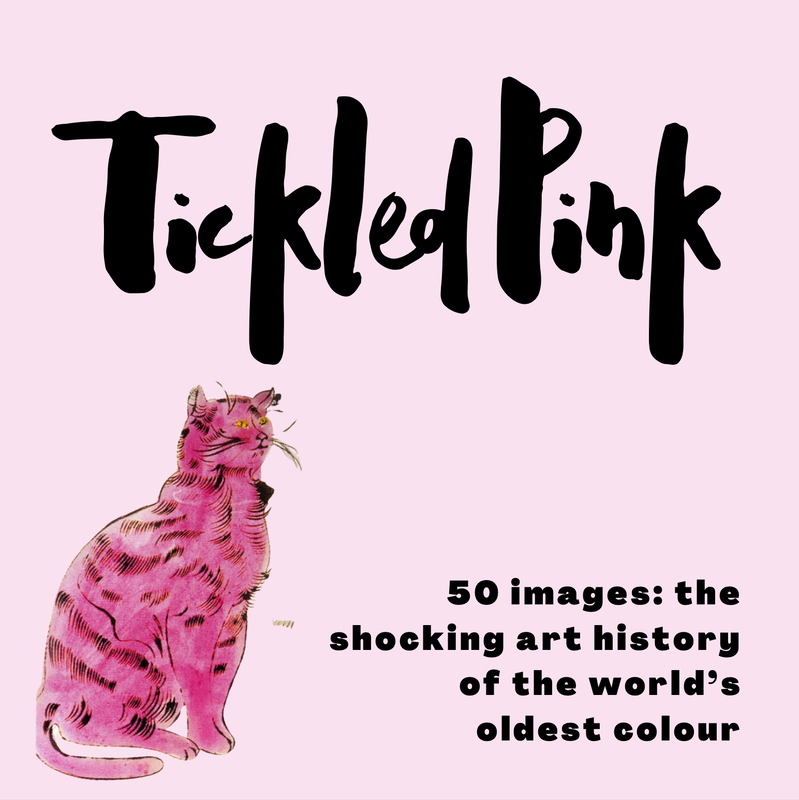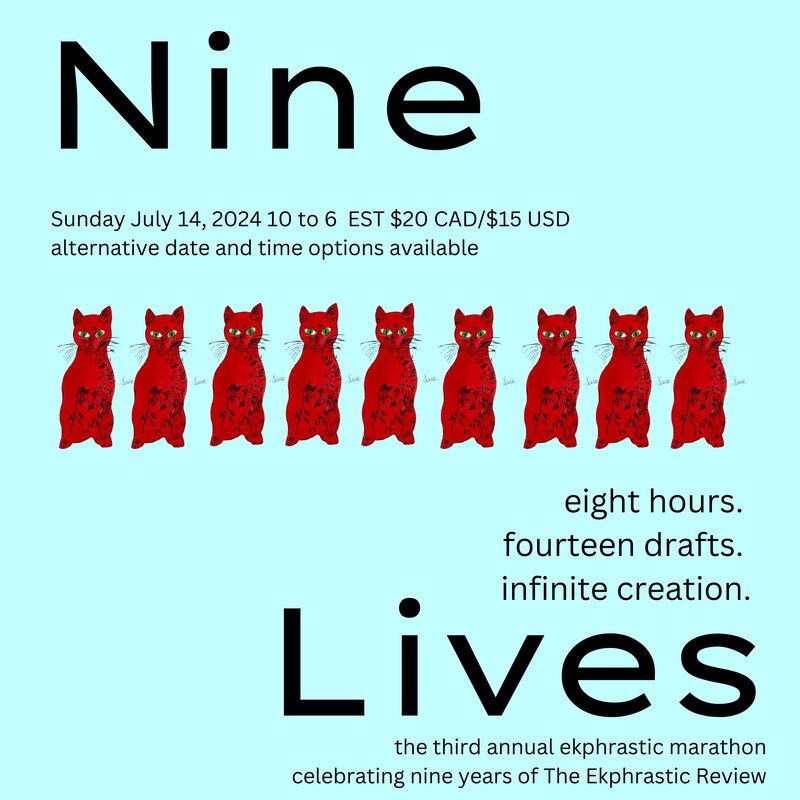|
Still, Life: 1950s What can be said to the perfect mother sitting stone still in the 1950s living room where you never really lived? Poised, not reading words you cannot say, syllables that might crack the stone sitting room? Still in the 1950s, she smiles beautifully but doesn’t hear words you cannot say, syllables that might crack the polished stairway you creep down. Comfort? There is none. She smiles but doesn’t hear grief, pain, anything slightly unpleasant. Still, you seek comfort, creep down the polished stairway. Maybe this time she will turn her head, believe your grief, pain. Instead, anything slightly unpleasant goes unsaid. You protect her, this beautiful sculpture, who might, this time, believe you, turn her head and feel your scowl. It could destroy her, this beautiful sculpture. The unsaid? The child protects the mother, who sits stone still in her 1950s living room. Don’t allow her to feel the scowl that would destroy her. You cannot say the words that might crack syllables, alter the 1950s room, her life. She sits still as stone. What can be said to the perfect mother? Your syllables might crack her. Your child words could destroy her poise, uncover where you really live. What can be said to the perfect mother? Poised, she smiles beautifully but doesn’t hear. Why destroy both child and mother? You’ve never lived outside cracked words you cannot say. Silent, still. ** This poem was first published in Shiuli. Poppies and the Cedar Tree What else could they be but planets and sun, coral glow of bloom tattered against dusk’s uneven waves of bark, slowly peeling to reveal the underneath? Tangled temporarily in brittle twigs, they do not die but transform: bright miracles of surprise orbiting, cedar’s ashen fingerbones that release and heal with orange what rises and descends, what keeps circling in this sphere of sky, of us. Two Poppies and the Fence The best of neighbours, they ignore boundaries, inquisitive countenance peering over into what we claim as ours—rectangle of land, sky delineating what is paid for and possessed, which is why, at day’s end and beginning, we need them, each wide eye and petaled chin trespassing on morning coffee, on evening strolls around the cloistered yard that need their joy, their bright exuberance of orange, unsolicited and bold. Hope Is the Thing with Feathers (after Emily Dickinson) The curlew is the thing with feathers, is the beak wildly waving wide ribbons that hold back the strands of storm. That’s the thing about curlews, about hope. Red sky in the morning....Warning and delight intersecting, flag-like ribbons curling into another day maybe. The curlew is the thing. Even in the middle of a hurricane, even on a fragile bough while earth’s vast tornado of despair keeps widening, widening, the curlew is the thing with feathers, is the beak wildly waving its frayed but flapping ribbons of persistence, of hope. Red sky at night, sailor’s delight. Sky widening, widening into curlews, into hope. That’s the thing. ** This poem was first published in Valiant Scribe. The Witnesses after the 2018 wildfire in Curlew, Washington Near the confluence of Long Alec Creek and the Kettle River, the curlew watches its namesake-- town of one hundred-- as residents stare toward the west, inhale fear. Smoke rewrites the sky where the curlew once flew. Flames attack its map and habitat. Ridgelines pulse with what is singed: feathers, pines, mountains, horizon streaked with regret and the burnt promises of those not there to witness, the incineration of branch, the contagion of spark, the long, slow burn of loss. O Curlew and curlews, obscure enough to hide once within these safe acres, even you Grief has found, even you. ** Marjorie Maddox ** This poem was first published in Valiant Scribe. ** Professor of English and Creative Writing at Lock Haven University, Marjorie Maddox has published 14 collections of poetry—most recently Begin with a Question and the ekphrastic collections Heart Speaks, Is Spoken For (with Karen Elias) and In the Museum of Her Daughter’s Mind, a collaboration with her artist daughter, Anna Lee Hafer (www.hafer.work), and others. She also has published the story collection What She Was Saying and four children’s books. Two new collections of poetry are forthcoming in 2024. Please see www.marjoriemaddox.com Dr. Karen Elias, who taught college English for 40 years, is an artist/activist, using photography to raise awareness about climate change. Her award-winning work appears in private collections and galleries. She serves as board member of the Clinton County Arts Council, as membership chair, and as curator of the annual juried photography exhibit. In addition to Heart Speaks, Is Spoken For, collaborations with Maddox have appeared in such literary, arts, or medical humanities journals as About Place, Cold Mountain Review, The Ekphrastic Review, The Other Journal, Glint, Ekstasis, and Ars Medica. Elias, also a playwright, has had work chosen by the Climate Change Theatre Action and performed in eight countries.
1 Comment
Your comment will be posted after it is approved.
Leave a Reply. |
The Ekphrastic Review
COOKIES/PRIVACY
This site uses cookies to deliver your best navigation experience this time and next. Continuing here means you consent to cookies. Thank you. Join us on Facebook:
Tickled Pink Contest
April 2024
|
